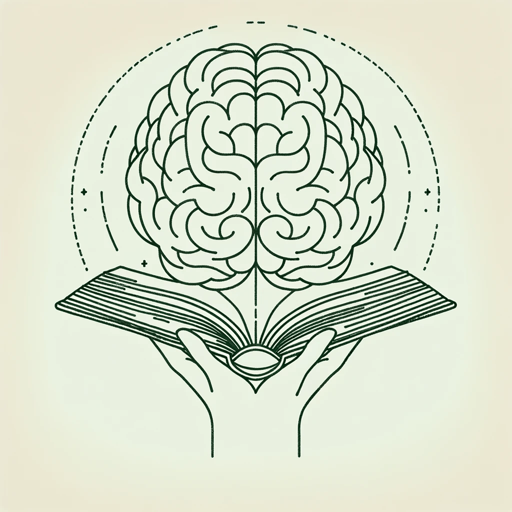60 pages • 2 hours read
C. G. JungMan and His Symbols
Nonfiction | Book | Adult | Published in 1964A modern alternative to SparkNotes and CliffsNotes, SuperSummary offers high-quality Study Guides with detailed chapter summaries and analysis of major themes, characters, and more.
Key Figures
Carl G. Jung
Carl Gustav Jung was born in Switzerland and lived from 1875-1961. Jung was a psychoanalyst and psychiatrist who worked directly with patients, developed psychological theories including analytical psychology, and travelled the world studying culture from an anthropological perspective. Jung co-wrote Man and His Symbols with the intention of spreading his theories to a wider audience and hopefully helping their mental health in the process. Through his research, practice, and travel, he developed the theory of archetypes and applied this theory to previous dream analysis techniques of Sigmund Freud, whom he also worked with for a time. He also developed the theory of the process of individuation and the theory of synchronicity.
Jung wrote the first section of Man and His Symbols, which provides the foundation for his colleagues to go into depth on his theories, each in their own area of expertise. Jung writes with personable and accessible tone, providing anecdotes from his own dreams, the dreams of his patients, and many of his observations from his travels. Jung refers to “primitive” people to describe a more instinctive, naturalistic approach to life that the Western world is growing further and further apart from.


